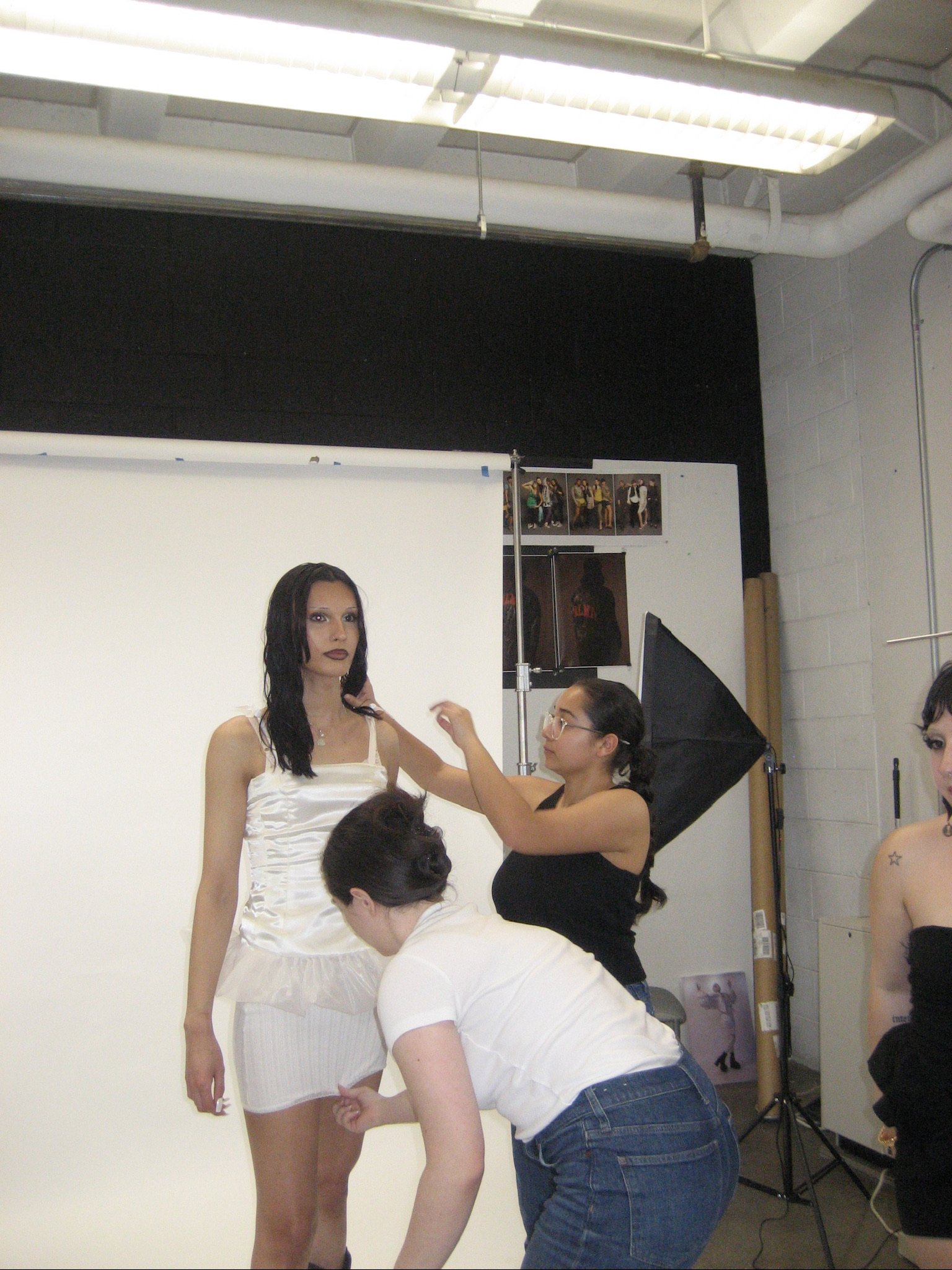Recognizing the Role of Merchandising in VCUarts Fashion
Since the 1960s, VCUarts has hosted an annual fashion show to showcase the creativity and innovation of its fashion department. While designs often take center stage, the department also encompasses merchandising, the vital behind-the-scenes force in the fashion industry.
On May 8th, the VCUarts Fashion Show — titled CONTEXT — will once again highlight the department's talents. As the event is approaching, I had the opportunity to look through the previous pamphlets dating back to 1969. This journey through the archives has been inspiring, yet it raises a significant question: is merely listing names in a pamphlet enough?
Historically, there is not enough information on whether there were student directors in the early days of the fashion show. Conversations with alumni professors, who participated in those years, confirmed their involvement went unrecognized. It wasn't until the 1990s that fashion merchandising students began to appear in the programs. For example, Tammy Davis, now a professor, was listed as the Co-Director of the 1991 VCUarts Fashion Show. Yet, while designers and models were consistently acknowledged, merchandisers were overlooked.
Recognition continues to be a challenge; not everyone is acknowledged. Effective representation is essential for the student directors of the show each year, yet leadership cannot exist without a team. I currently serve on the operations committee — Front of House — and the absence of accessible documentation for past shows underscores a broader issue. Establishing a digital archive would not only honor past contributions but also enrich the history of VCUarts.
Today, the oversight of merchandising persists. Merchandising students, frequently the unrecognized backbone supporting designers, usually collaborate only during the fashion show and product line development course. However, recently merchandisers collaborated with designers during portfolio shoots, serving as stylists. This interaction was a rare opportunity for students to unite and share their passion, strengthening departmental bonds.
As VCUarts continues to nurture the next generation of fashion leaders, our practices must reflect the inclusivity and collaboration foundational to today's fashion industry. By documenting and celebrating all contributions, we not only validate every student's hard work but also cultivate a culture of unity. In a four-story building where merchandisers and designers frequently cross paths, the next creative director for one of the industry's top brands might just be sharing an elevator ride to the fourth floor.








